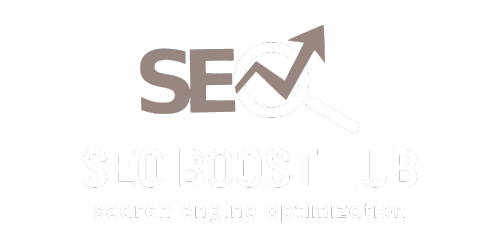How Has Content Marketing Changed Over Time?
Content marketing has undergone significant transformation since its inception, adapting to changing consumer behaviors, technological advancements, and shifts in marketing strategies. From its humble beginnings to becoming a cornerstone of digital marketing, content marketing has evolved in various ways to meet the demands of both businesses and consumers. In this article, we’ll explore the key changes in content marketing over time and what the future may hold.
1. The Early Days: Information-Driven Content
In the early days of marketing, content was primarily about information dissemination. Brands focused on providing valuable information through brochures, print ads, and basic articles. The objective was straightforward: inform potential customers about products and services. This era was characterized by:
- Static Content: The content was often static, lacking engagement features and personalization.
- One-Way Communication: Brands communicated their messages without expecting interaction or feedback from the audience.
- Limited Channels: The primary channels were print and broadcast media, with little to no online presence.
2. The Rise of Digital and the Blog Boom
As the internet became more mainstream in the late 1990s and early 2000s, content marketing began to evolve rapidly. The introduction of blogs revolutionized the way brands approached content. Key changes during this period included:
- Increased Accessibility: Brands could now reach a global audience, breaking geographical barriers.
- Interactive Content: The rise of comments and social sharing transformed content into a two-way communication platform.
- SEO Integration: Businesses began to understand the importance of search engine optimization (SEO), leading to keyword-rich content aimed at improving visibility on search engines.
3. The Social Media Revolution
With the advent of social media in the mid-2000s, content marketing experienced another significant shift. Platforms like Facebook, Twitter, and LinkedIn changed how brands interacted with consumers. This era saw:
- Real-Time Engagement: Brands started engaging with their audience in real-time, responding to comments and inquiries promptly.
- User-Generated Content: Consumers began to create and share content, leading to more authentic and relatable brand interactions.
- Visual Content: The rise of visual platforms like Instagram and YouTube emphasized the importance of visual storytelling, prompting brands to invest in high-quality images and videos.
4. Personalization and Data-Driven Strategies
As technology advanced and data analytics became more sophisticated, content marketing entered a new phase focused on personalization. Brands realized that tailored content could significantly enhance user engagement and conversion rates. Notable changes included:
- Targeted Content Creation: Brands began leveraging consumer data to create personalized content that resonates with specific audience segments.
- Automation Tools: Marketing automation tools allowed brands to deliver personalized content at scale, streamlining campaigns across various channels.
- Content Experience: A focus on the overall content experience emerged, including factors like design, accessibility, and user journey, aiming to create a seamless experience for the consumer.
5. The Current Landscape: Quality Over Quantity
Today, content marketing is about quality, authenticity, and strategic distribution. With a wealth of content available, consumers have become more discerning. Key characteristics of the current landscape include:
- In-Depth Content: Brands are prioritizing high-quality, informative, and long-form content that adds real value to consumers.
- Multichannel Distribution: Brands are now distributing content across various platforms, including social media, email, podcasts, and videos, ensuring they reach consumers where they are most active.
- Focus on Storytelling: Storytelling has become a crucial element, as brands seek to connect emotionally with their audience and foster brand loyalty.
6. The Future of Content Marketing
As we look to the future, several trends are poised to shape the evolution of content marketing:
- AI and Automation: Artificial intelligence is set to play a significant role in content creation, curation, and distribution, allowing brands to optimize their strategies further.
- Voice Search Optimization: With the rise of smart speakers and voice assistants, optimizing content for voice search will become increasingly important.
- Augmented Reality (AR) and Virtual Reality (VR): These technologies will create immersive content experiences, allowing consumers to engage with brands in novel ways.











